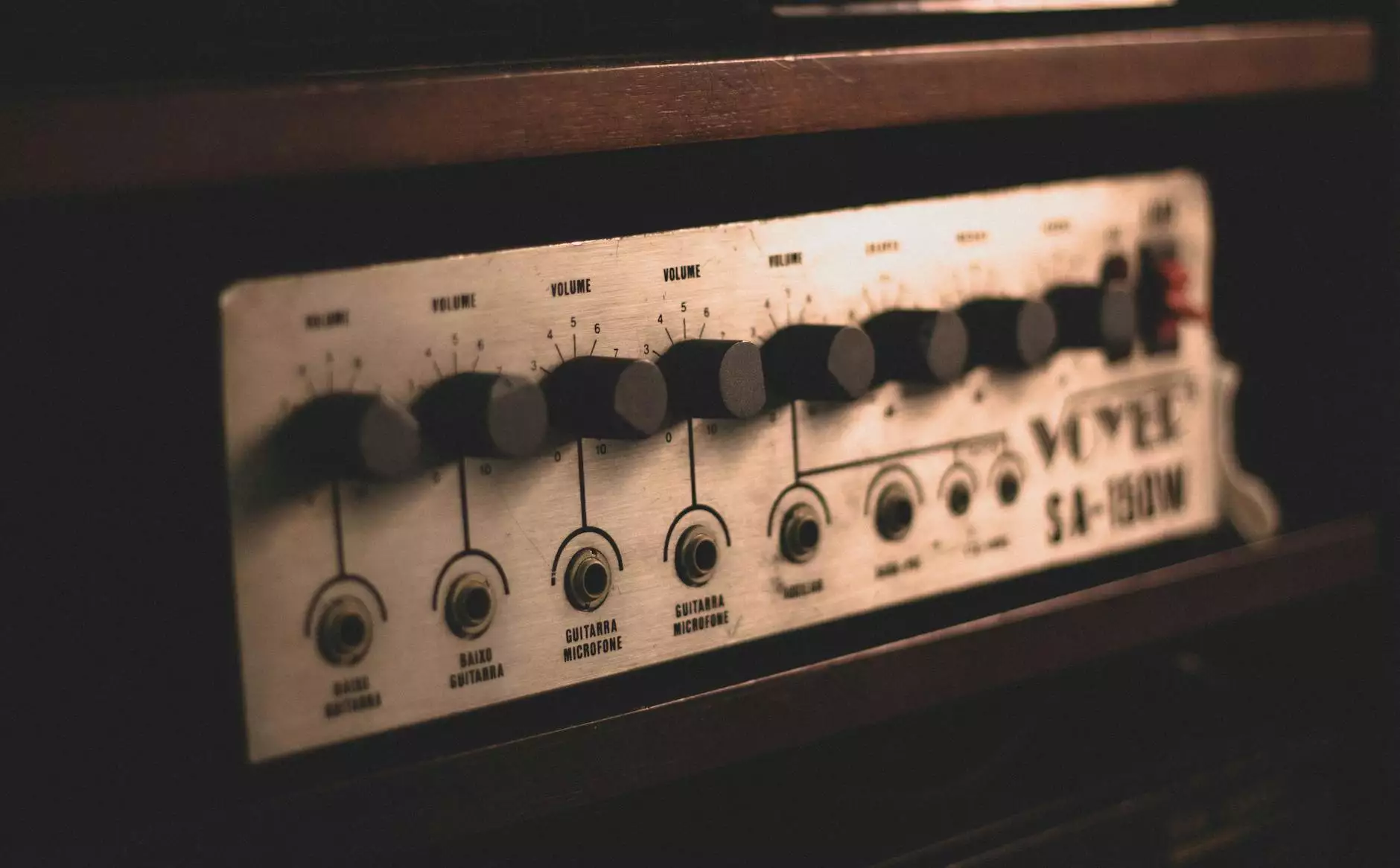What are the WiFi IEEE 802.11 Standards?

Welcome to All American Technologies, your trusted source for information on the WiFi IEEE 802.11 Standards. In this comprehensive guide, we will dive deep into the world of WiFi standards, exploring their importance and impact on wireless communication.
Understanding WiFi IEEE 802.11
WiFi stands for Wireless Fidelity, and it has become an integral part of our daily lives. Whether at home, work, or public spaces, WiFi enables us to connect to the internet wirelessly, providing convenience and accessibility. The IEEE 802.11 series of standards defines wireless LAN (Local Area Network) specifications, ensuring compatibility and efficient communication between wireless devices.
Evolution of the WiFi Standards
Since its inception, WiFi technology has evolved significantly. Let's explore the different generations of the IEEE 802.11 standards:
1. IEEE 802.11a
IEEE 802.11a was the first standard to operate in the 5 GHz frequency band. It provided higher data transfer speeds compared to its predecessor, 802.11b, supporting up to 54 Mbps. However, due to limited range and compatibility issues, 802.11a didn't gain widespread adoption.
2. IEEE 802.11b
With the introduction of the 802.11b standard, WiFi technology skyrocketed in popularity. Operating in the 2.4 GHz frequency range, 802.11b offered a maximum data transfer rate of 11 Mbps. This standard was widely adopted due to its compatibility, extended range, and affordability.
3. IEEE 802.11g
Building upon the success of 802.11b, the 802.11g standard brought faster data transfer rates, reaching up to 54 Mbps. It maintained compatibility with 802.11b devices by operating in the 2.4 GHz frequency band, making it a popular choice for home and small office networks.
4. IEEE 802.11n
Released in 2009, 802.11n marked a significant milestone in WiFi technology. It introduced multiple-input and multiple-output (MIMO) technology, allowing for higher data rates and improved range. With support for both 2.4 GHz and 5 GHz frequency bands, 802.11n enabled smoother, faster, and more reliable wireless connections.
5. IEEE 802.11ac
IEEE 802.11ac, commonly known as WiFi 5, revolutionized wireless communication with its exceptional performance. This standard operates exclusively in the 5 GHz frequency band and supports wider channels, offering data transfer rates up to several gigabits per second. It introduced advanced technologies like beamforming, enhancing signal strength and reducing interference.
6. IEEE 802.11ax
Also referred to as WiFi 6, IEEE 802.11ax is the latest iteration in the WiFi standards. It brings forth significant improvements in speed, capacity, and efficiency, making it ideal for dense deployments and IoT (Internet of Things) environments. WiFi 6 utilizes OFDMA (Orthogonal Frequency Division Multiple Access) and MU-MIMO (Multi-User Multiple Input Multiple Output) technologies, enabling simultaneous data transmission to multiple devices.
Choosing the Right WiFi Standard
With various WiFi standards available, it's essential to select the right one for your specific needs. Factors to consider include:
- Required range
- Data transfer speed requirements
- Number of connected devices
- Signal interference in the environment
By understanding the capabilities offered by each WiFi standard, you can make an informed decision that caters to your unique requirements.
Conclusion
In conclusion, WiFi IEEE 802.11 standards play a pivotal role in shaping wireless communication. From the early days of 802.11a and 802.11b to the latest advancements with 802.11ax (WiFi 6), these standards have continuously improved data transfer speeds, range, and overall performance.
At All American Technologies, we strive to provide comprehensive information about WiFi standards and their impact on wireless connectivity. Stay up-to-date with the latest developments in WiFi technology and make informed decisions for your WiFi network deployments.
For more information or assistance with WiFi IEEE 802.11 standards, please feel free to contact us. We are here to help!
Remember, when it comes to WiFi standards, All American Technologies ensures you are at the forefront of wireless innovation.










